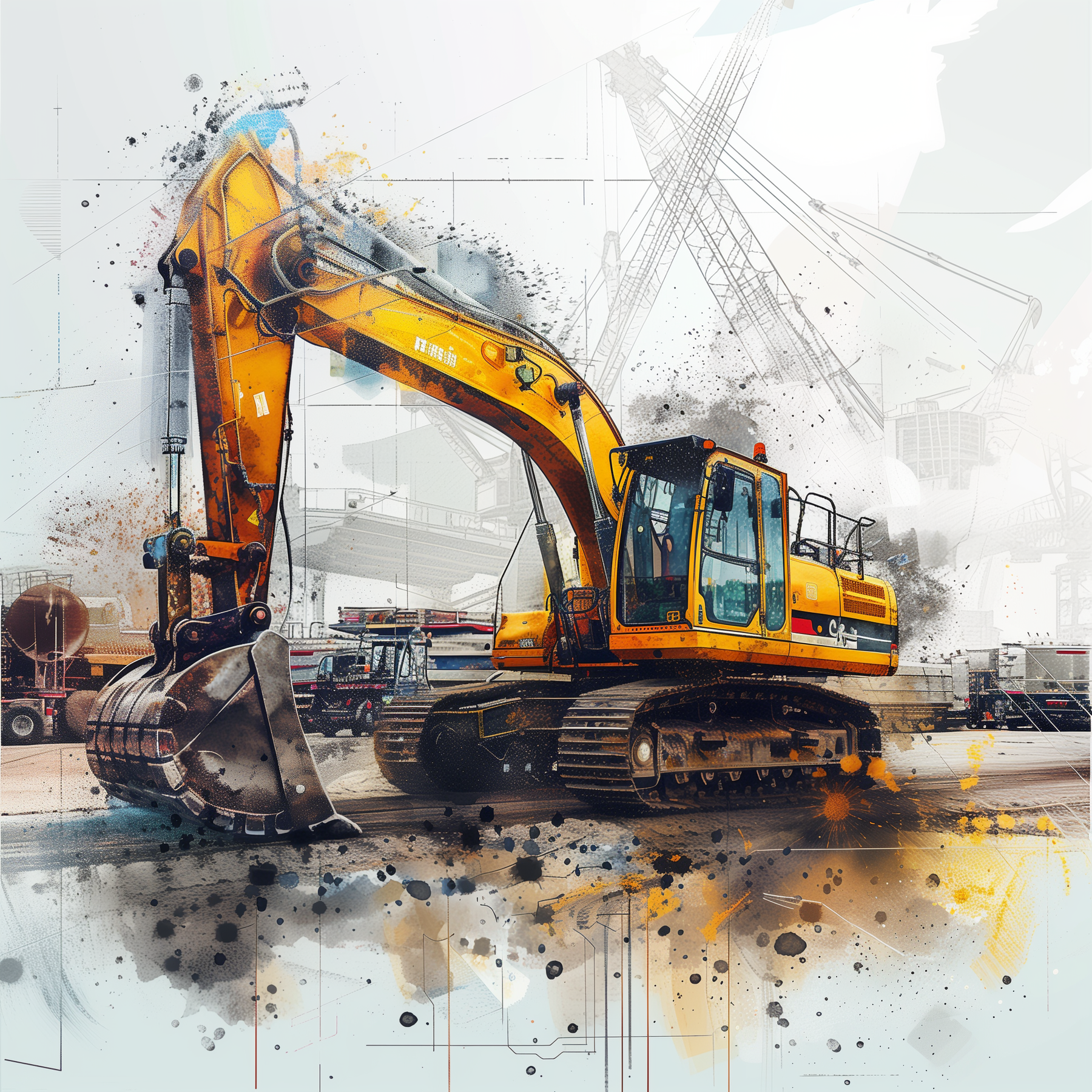Need Help?
support@bulldozerattachments.com
+1 (517)-684-2986
Monday - Friday
9AM - 5PM EST

How Technology Will Affect Heavy Construction Machinery
The rumble of engines and massive machines have long been the defining features of a construction site. But the industry is on the cusp of a transformation driven by a wave of technological innovation. Heavy construction machinery such as excavators, bulldozers, tractors, and skid steers are at the forefront of this change.
But how exactly will technology affect these vital machines?
Join us as we discuss how various technological innovations will shape the future of construction.
Innovative Heavy Equipment Technology
Here are the latest trends and technologies shaping the future of heavy construction equipment:
Automation and Robotics
One of the most significant technological advancements is the automation of heavy machinery. And no, this is not science fiction anymore.
Excavators, bulldozers, tractors, and skid steers are being equipped with sensors, GPS, cameras, and artificial intelligence (AI) to operate autonomously. This technology will allow machines to perform repetitive tasks such as digging, grading, and hauling with minimal human intervention.
What's more, robotics technology is being integrated into heavy machinery to enhance their capabilities. Robotic arms, for instance, can be attached to excavators and skid steers to perform complex tasks like welding, cutting, and assembly.
This translates to several benefits:
- Increased efficiency: Autonomous machines can work 24/7, maximizing productivity and reducing project timelines.
- Reduced errors: AI-powered systems can eliminate human error, leading to more precise and consistent results.
- Enhanced safety: By removing human operators from hazardous environments, automation significantly reduces the risk of accidents.
Telematics and IoT (Internet of Things)
Heavy equipment is becoming increasingly intelligent, thanks to telematics and the Internet of Things (IoT). Telematics systems transmit data wirelessly to the cloud, allowing remote monitoring and diagnostics.
Now, you can connect machines to the Internet of Things (IoT) and track their location, engine performance, fuel consumption, and health in real time.
Furthermore, IoT-enabled construction equipment improves safety on construction sites. Proximity sensors, cameras, and radar systems can detect obstacles and send alerts, helping you prevent accidents. Additionally, remote control capabilities allow you to control machinery from a safe distance in hazardous environments.
Electric and Hybrid Power
The construction industry is under pressure to reduce its carbon footprint. Electric and hybrid power is emerging as a viable solution for heavy machinery. Here are several benefits you will enjoy from electric and hybrid machinery:
- Reduced Emissions: Electric and hybrid machines produce fewer emissions compared to their diesel counterparts.
- Noise Reduction: Electric motors operate much quieter than diesel engines, making them ideal for noise-sensitive environments.
- Lower Operating Costs: Hybrid and electric systems offer superior energy efficiency, helping you cut fuel costs.
- Torque and Power: Electric and hybrid motors provide instant torque, improving the responsiveness and efficiency of machines like excavators and bulldozers.
3D Printing
3D printing is gaining traction in the manufacturing of heavy machinery parts. This technology allows for the creation of complex components with high precision and reduced material waste.
Additionally, portable 3D printers can produce replacement parts on-site. This reduces downtime caused by waiting for parts to be shipped. For instance, if an excavator part breaks, a replacement can be printed on-site, minimizing delays.
Beyond machinery, 3D printing can create construction components such as concrete walls and structural elements directly on-site, speeding up the construction process.
The Future of Construction
The impact of technology on heavy construction machinery is transformative. From automation and robotics to telematics and IoT, electric and hybrid power, these innovations are reshaping the industry.
The future of construction will be defined by increased efficiency, sustainability, and a collaborative approach between human workers and advanced machinery.
